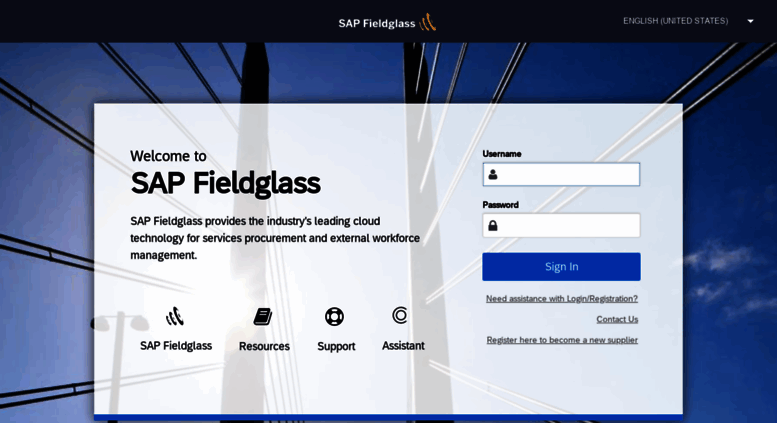

The use of OHHCW’s through the MSP is inconsistent with the HUCTW contract, and too complex to administer due to the need to track hours per year, weeks per year and consecutive weeks. No, for overtime eligible work that would be done by a union member if on our direct payroll. If the worker needs an HUID card, they will be prompted to get one by the Fieldglass system and by their Harvard manager. Onboarding administrators typically pick up the process there and continue with needed local onboarding, such as assignment of physical/building access or assignment of digital access. Onboarding administrators can find the assigned HUID on the Onboarding/Work Orders Starting Report in Fieldglass. Once in Fieldglass, managers can find the worker’s HUID on the "Details" tab, on the upper right side of the page, under Work Order Details. HHR communicates the 8-digit HUID to Yoh (who puts it in Fieldglass), to the hiring manager, and to the local onboarding administrator if known. HHR gets the HUID, setting the start and end dates based on the temp assignment, and assigning a Person of Interest (POI) role of “contractor”. The HUID Application is sent to the DZConneX PMO, who gives it to HHR for HUID provisioning. The worker provides key data needed (such as first, middle and last name, and full date of birth) to provision an HUID. If “yes” is the value chosen or left as is for “Does this position require an HUID?”, then the worker is given an HUID application form by the supplier as part of their onboarding paperwork. When creating a requisition online in Fieldglass, the manager may “flip” these flags to change the yes/no value. That flag is always set with a default of “no”, so an affirmative choice needs to be made if the worker needs a badge for display or physical (swipe) access, as they are costly for Harvard to provide. There is a second flag saying whether people working in that job role typically need a HUID card, or badge. This flag is almost always set with a default of “yes” as the need for an HUID to obtain digital access to Harvard systems and a Harvard Key is widespread among contingent workers.

Every job template (job description) in Fieldglass is set up initially with a flag (yes/no) to say whether people working in that job role typically need an 8-digit HUID.


 0 kommentar(er)
0 kommentar(er)
